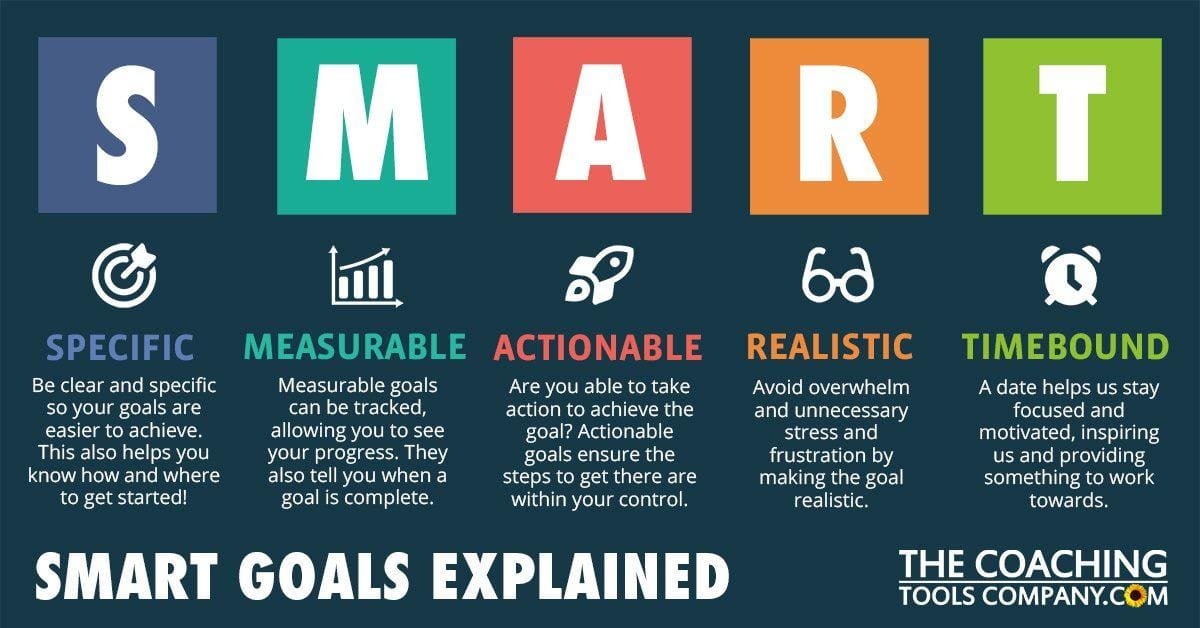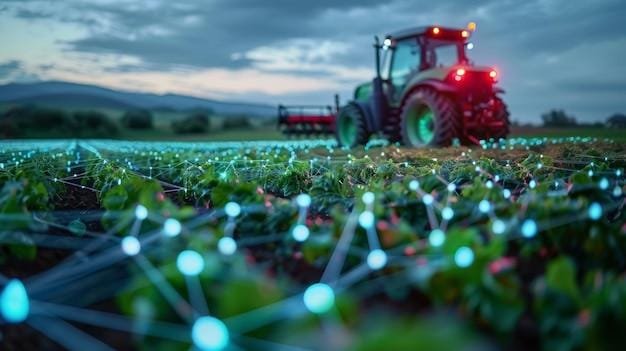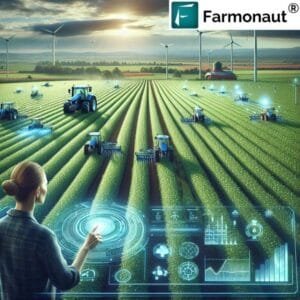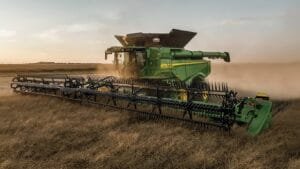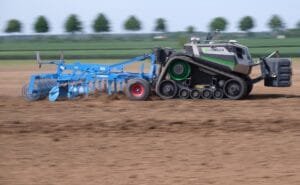In an era where technology reshapes conventional industries, smart farms emerge as a convergence point between artificial intelligence and sustainable energy solutions. These modern agricultural facilities leverage AI-driven systems powered by renewable energy sources to optimize crop yields, reduce resource consumption, and minimize environmental impact. By combining automated decision-making processes with clean power generation, smart farms represent a significant shift in how we approach food production in the 21st century. In an era where technology reshapes traditional farming, a groundbreaking fusion of artificial intelligence and renewable energy is revolutionizing agricultural practices. These next-generation facilities leverage sophisticated algorithms to optimize crop yields while maintaining minimal environmental impact through sustainable power solutions.
Advanced sensor networks continuously monitor soil conditions, humidity levels, and plant health, feeding real-time data into AI systems that make precise adjustments to irrigation and nutrient delivery. Solar panels and wind turbines power these operations, creating a self-sustaining ecosystem that reduces dependence on conventional power grids.Machine learning algorithms analyse weather patterns and historical crop data to predict optimal planting and harvesting times. This predictive capability allows farmers to maximize productivity while minimizing resource waste. The AI systems also detect early signs of pest infestations or disease outbreaks, enabling targeted interventions that reduce the need for broad-spectrum pesticides.
Automated drones equipped with multispectral cameras survey vast agricultural landscapes, capturing detailed imagery that AI processes to identify areas requiring attention. These aerial scouts operate on renewable energy, maintaining continuous monitoring without contributing to carbon emissions.
Vertical farming installations within these smart facilities utilize LED lighting systems powered by solar energy, enabling year-round cultivation regardless of external weather conditions. AI-controlled environmental systems maintain perfect growing conditions while optimizing energy consumption through predictive load balancing.Hydroponics and aeroponics systems, managed by intelligent controllers, deliver precise nutrient solutions to plant roots, reducing water usage by up to 95% compared to traditional farming methods. The power required for these systems comes from a combination of solar, wind, and biogas generated from agricultural waste.
Energy storage solutions, including advanced battery systems and hydrogen fuel cells, ensure continuous operation during periods of low renewable energy generation.AI algorithms optimize energy distribution, prioritizing critical systems and adjusting consumption patterns based on available power resources.
Smart farms incorporate blockchain technology to track energy production and consumption, creating transparent records of their sustainable practices. This data helps optimize operations and provides valuable insights for future improvements in agricultural efficiency.
Automated harvesting robots, powered by renewable energy, work alongside human farmers, reducing labor requirements while increasing precision in crop collection. These machines use computer vision and AI to identify ripe produce and handle it with appropriate care.
The integration of sustainable power and artificial intelligence extends beyond crop production to include post-harvest processing and storage.Smart climate control systems in storage facilities maintain optimal conditions while minimizing energy usage through predictive maintenance and real-time adjustments.
As these technologies continue to evolve, smart farms demonstrate how agricultural innovation can address global food security challenges while promoting environmental sustainability. The seamless integration of AI and renewable energy creates a model for future farming that balances productivity with ecological responsibility.